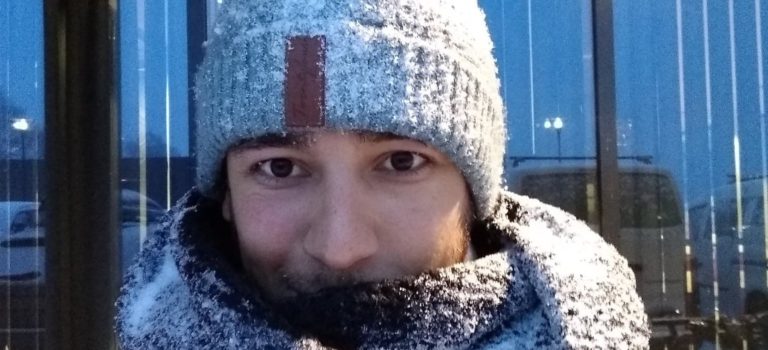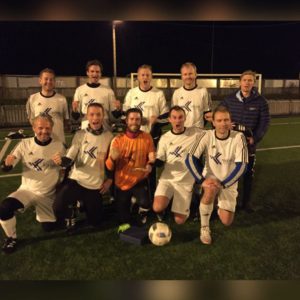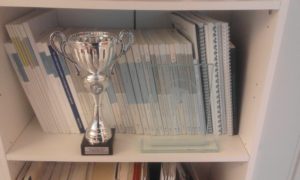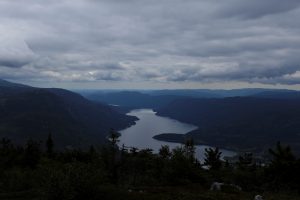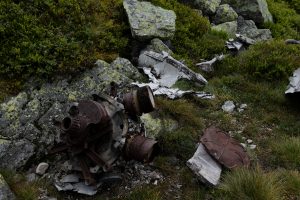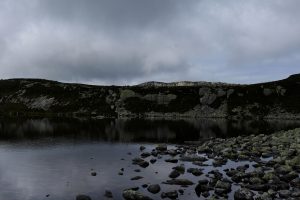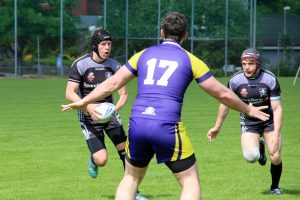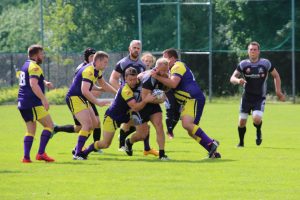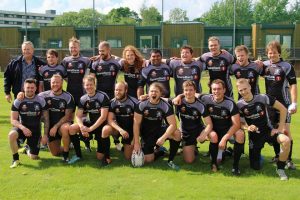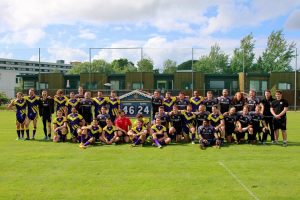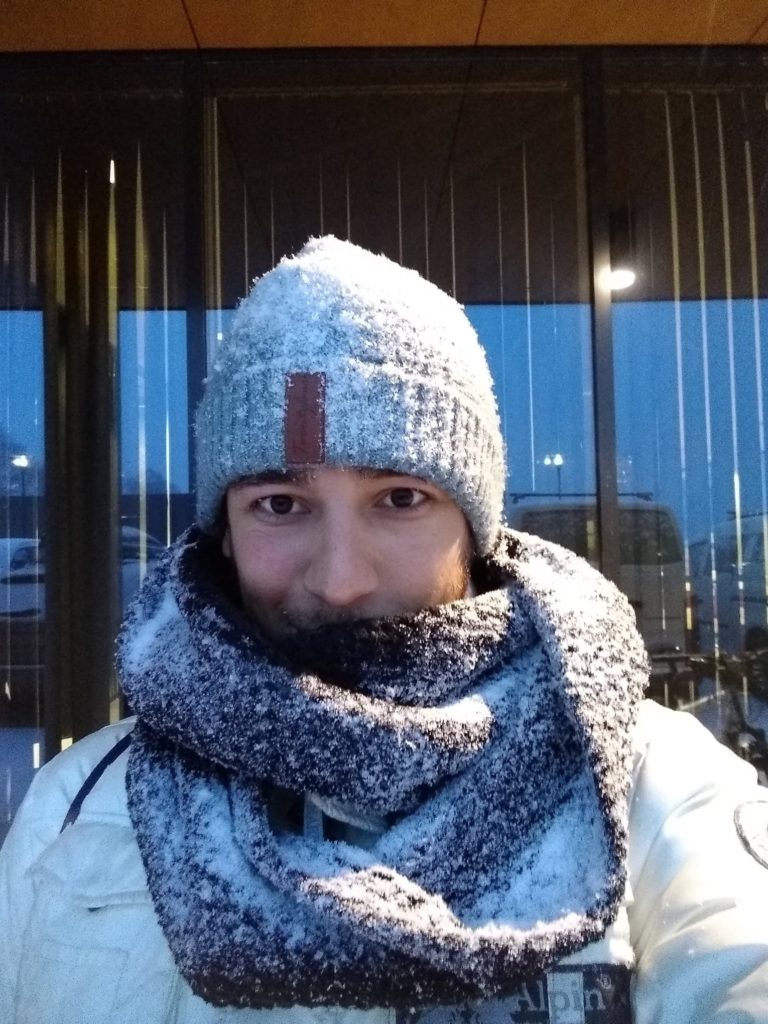
About one month ago João Paulo Casagrande Bertoldo finished his internship at Kelda. He started in June 2018 and worked with the Bivrost data portal in his time here. The main outcome of his stay at Kelda was an important extension of the Bivrost to describe phases and operations in the field data. This tool will be a vital part of the continued development of the Bivrost product for reports of the progress of an operation.
Hi Joao, could you tell us a bit about yourself?
I’m 24 years old and come from Paraná in Brazil. In 2013 I started at the university in Brazil and originally I planned to finish in 2018. However, I got some great opportunities during my studies that I had to go for. Halfway through my studies I was able to go to France for an 1 year internship. To do this I had to pause my Brazilian studies. In France I learnt about the school Mines Paris Tech and when I got back to Brazil I applied for this school where I was approved after a general test and interview. When I finish my education I will have a double master degree, one in France and one in Brazil.
What are your main interests and what directions have you chosen in your education?
When I first stated at the university in Brazil I studied mechatronics, but during a summer job in a Brazilian company I realized that computer science was an even more interesting field for me. When I applied to the internship in France I was able to chose computer science.
What about outside school, what do you like to do? I’ve understood that you are learning to play piano.
Yes, I’m learning the piano now. By chance my housing in Norway had a piano when I arrived. I’ve though about learning to play an instrument before and now I had the chance. At youtube I found an online course that I follow.
Are you the typical millennial, where youtube is one of the main sources of information?
Haha! Yes, that is true. I spend a lot of time on youtube and learn very much there.
How did you hear about Kelda, and what made you want to come here?
The first I heard from Kelda was through an association at school, where Kelda is a partner. I got a t-shirt from them with the Kelda logo on. Later, Kelda had a presentation at our school. I didn’t have the chance to go but heard of the Company from some other students. I decided to apply for an internship at Kelda after getting an email from a former Kelda intern. In the interview process, I got really interested and I had no doubt that Kelda was the right choice for an internship.
Your main task at Kelda was to design the add-on to Bivrost. This add-on we’ve come to call Mivrost. How has the work process been?
This is the first time I did such a complete work process. Kelda didn’t pose a specific solution so I had the opportunity to design the solution myself. I started planning and through discussions with Kelda employees we decided what was needed. The process was successful, but we didn’t achieve the final goal which was to use an automated machine learning algorithm to analyze and tag field operations.
Our impression of you is that you’re extremely organized and a very good planner. Are these skills something you focus on, or does it come more natural to you?
In general it comes natural to me. I usually plan in advance because it makes my work easier and more efficient. I fear to forget stuff, therefore I make notes. When these notes get messy I try to organize them and then I end up with a plan.
Do you feel that your ideas and suggestions are taken into account in the product development?
Definitively yes. Especially within the Bivrost team and when we were many people we had the chance to have good discussions. I also though the sprint reviews and retrospects were really good because they offered a proper space and time to discuss progress and process that is not that easy to discuss every day.
The last weeks of your internship you have spent a lot of time and effort to share your knowledge and teaching the new Bivrost team about the product. How did you plan this process and how has it gone?
I knew in advance that it would be my responsibility to pass the knowledge. I noticed what could be better from the beginning (In my own learning phase). To improve this I created som ‘proof of concept’ (POC) tasks that is really good to ensure that you learn things correctly, for instance using the correct frameworks.
Another this we realized is that doing code reviews are really good. I made the new Bivrost team present the already existing code. This forced them to really make an effort learning and understanding the code.
Thanks for taking the time to talk to the Kelda Blog editorial office. Before we let you go, can you tell us a little bit about what you plan for your next internship?
I will go to a company in New York called Data Dog. I heard about it at the same time I heard about Kelda.
On a side note, what do you think of the Norwegian winter?
Actually, this is the best winter I’ve experienced in Europe! For the first time I really enjoyed the winter. It is very cool to have snow.
